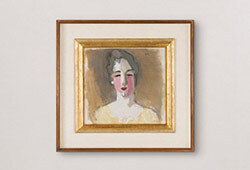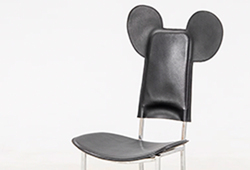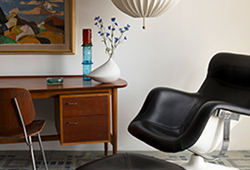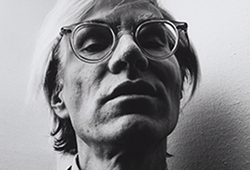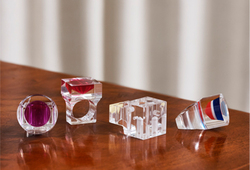Waldemar Lorentzon
"Sjömän till väders"
Signed Lorentz and dated -28. Canvas 45 x 28 cm.
Exhibitions
Halmstadsutställningen, 20 June - 5 August, 1929, cat. no. 17.
More information
In the early 1920s, Waldemar Lorentzon, known to friends as Walle, and Erik Olson travelled to Paris and began studying with Fernand Léger at his Academie Moderne.
"Perhaps as important as the lessons learnt at the academy was the spiritual climate around Léger, which Walle and Erik inhaled daily. Buoyed by the post-war era's hopeful desire to build a new, more human society, where beauty and function merged into a single entity, Léger professed his belief in the 'new spirit', esprit nouveau, which grew out of the demands of the times into a universalist movement. It had its headquarters in Montparnasse with the architect Le Corbusier and the painter Ozenfant, the 'Fathers of Purism', who, through the magazine 'Esprit Nouveau' in 1920-25, sought to spread its manifestations in all areas of culture, including music, literature, film, science, design, etc... The hope was for 'order, purity, clarity'. At the heart of it was the dream of using technological advances to create a new human-friendly urbanism, characterised by the sculptural and functional architecture of Le Corbusier. It was also hoped to decorate the vast wall surfaces in bright colours to liven up the grey boredom of the cityscape. In the midst of this wave of enthusiasm and brilliant vision of the future lived Walle and Erik". Viveca Bosson, "Sex sökares vandring – alltid på väg".
Waldemar Lorentzon embraced Léger's post-cubism, where objects and figures were constructed from geometric shapes that were meant to look machine-made. Towards the end of the 1920s, Lorentzon became freer in his use of Léger's theories and produced a series of paintings centred on the human figure in motion. The figures have clear attributes that make them easily identifiable, whether they are athletes, farmers or, in this case, sailors, made up of rhythmic zigzag lines.
In the auction work 'Sjömän till väders', executed in 1928, Lorentzon puts Fernand Léger's lessons into practice. The sailors' bodies have taken on plastic, turbine-like forms that look almost machine-like. The colour fields of the figures' white and blue clothing contrast clearly with the muted aubergine background, making the image both playful and elegant.
Waldemar Lorentzon's rare paintings from the second half of the 1920s are definitely a highlight of his career.





